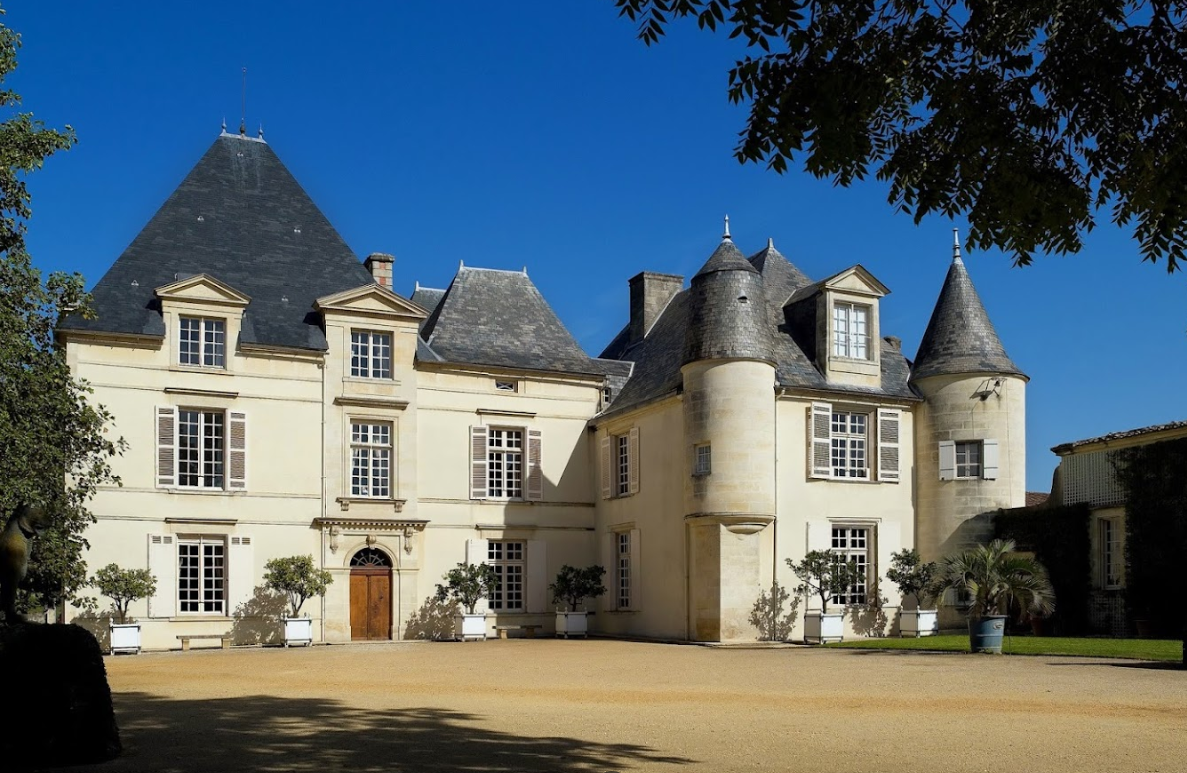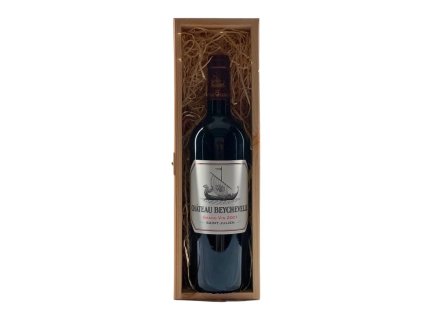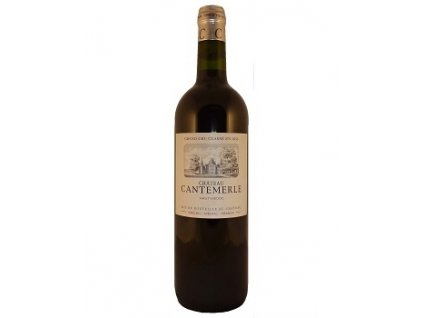Gift box with Le Clarence de Haut-Brion 2008 Pessac-Léognan
Code: VI93880
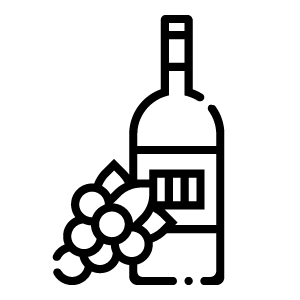
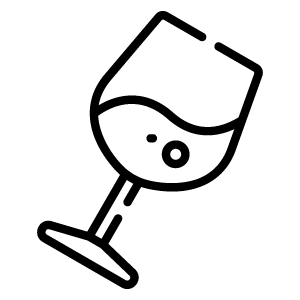

Related products
Product detailed description
Le Clarence de Haut-Brion 2008 is packaged in an exclusive gift box.
This is a wine that in many ways surpasses many of the first wines of the renowned château. Le Clarence de Haut Brion is stunning in its charm and perfectly cements its superb structure. Its enticing aromas of blackberry and subtle sweetness create a perfect harmony of flavours that concentrate into an incredible deliciousness in its full and robust body.
Additional parameters
| Category: | Chateau Haut-Brion |
|---|---|
| Wine color: | red |
| Country: | France |
| Region: | Bordeaux |
| Winery: | Chateau Haut Brion |
| Grape variety: | 45 % merlot, 41 % cabernet sauvignon, 14 % cabernet franc |
| Classification: | 2nd wine |
| Vintage: | 2008 |
| Alcohol (in %): | 14 |
| Volume (in l): | 0,75 |
| Obsah cukru: | suché |
Château Haut-Brion
In 1550, Château Haut-Brion was built by Count Jean de Pontac. His noble family hailed from the Gascon region of Béarn near the town of Pau in southwestern France and had been associated with winemaking since the 15th century.
Château Haut-Brion experienced several vicissitudes in the 17th century, including sequestration and nationalization during the French Revolution. After the owner, Joseph de Fumel, found a market for the wines in England, he got into trouble, was eventually arrested, and executed.
At the beginning of the 19th century, the estate was purchased by Charles-Maurice de Talleyrand-Périgord, a prominent diplomat. However, his association with the wine was short-lived when he ran into financial difficulties and had to sell the estate. The Larrieu family, who subsequently acquired Château Haut-Brion, expanded it and strengthened its standing. Their work was recognized in 1855 when wine from Haut-Brion became the only wine from Graves included among the prestigious First Growths (1er Grand Cru Classé).
However, the Larrieu family eventually died out, and the subsequent owner, André Gilbert, became famous for legal disputes and bizarre winemaking experiments. Without heirs, he offered the château to the city of Bordeaux in exchange for establishing a museum, but the offer was declined. In 1934, he sold the château to the current owners, the Dillon family.
The Dillons undertook extensive renovations, introduced modern technology, and improved the soil for further development. In 1960, Château Haut-Brion became the first First Growth to replace wooden fermentation vats with modern stainless steel tanks. The wine from Haut-Brion shines with strength, dynamism, deliciousness, and harmony, but it must travel a longer path to reach its peak maturity than any other wine.
